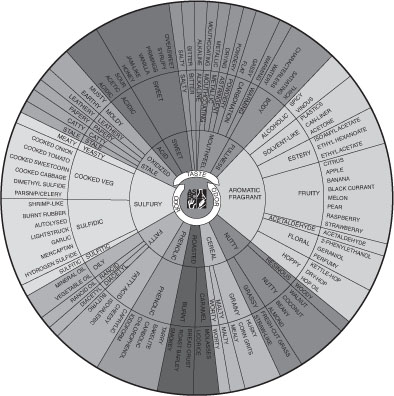用New York Times and W. Edward Deming
約 643,000 件 (0.58 秒) W. Edwards Deming, Expert on Business Management, Dies ...
www.nytimes.com › obituaries › w-e...
1993/12/21 - New York Times subscribers* enjoy full access to TimesMachine—view over 150 years of New York Times ... W. Edwards Deming, an expert on business management who advised Japan on how to rebuild its shattered ...
What is W Edwards Deming best known for?
Why did Deming go to Japan?
What are W Edwards Deming 14 points?
What is Deming's theory?
HE TAUGHT THE JAPANESE - The New York Times
www.nytimes.com › business › he-tau...
1981/05/10 - Yet in his realm, W. Edwards Deming, a statistician and professor emeritus at the New York University business school, is an unadulterated superstar. At a time when the battle for global markets is increasingly won by those ...
Management: Ford Embraces Six Sigma - The New York Times
www.nytimes.com › business › mana...
2001/06/13 - Twenty years ago, when an invasion of Japanese imports threatened the American automobile industry, the Ford Motor Company led a quality revival based on the management philosophy of W. Edwards Deming, who was ...
Leadership for Layoffs - The New York Times
www.nytimes.com › business › l-lead...
2001/04/22 - The column brought to mind the spirit of the industrial consultant W. Edwards Deming, who believed that layoffs should start with management, because management is most responsible for whatever is prompting the layoff.








